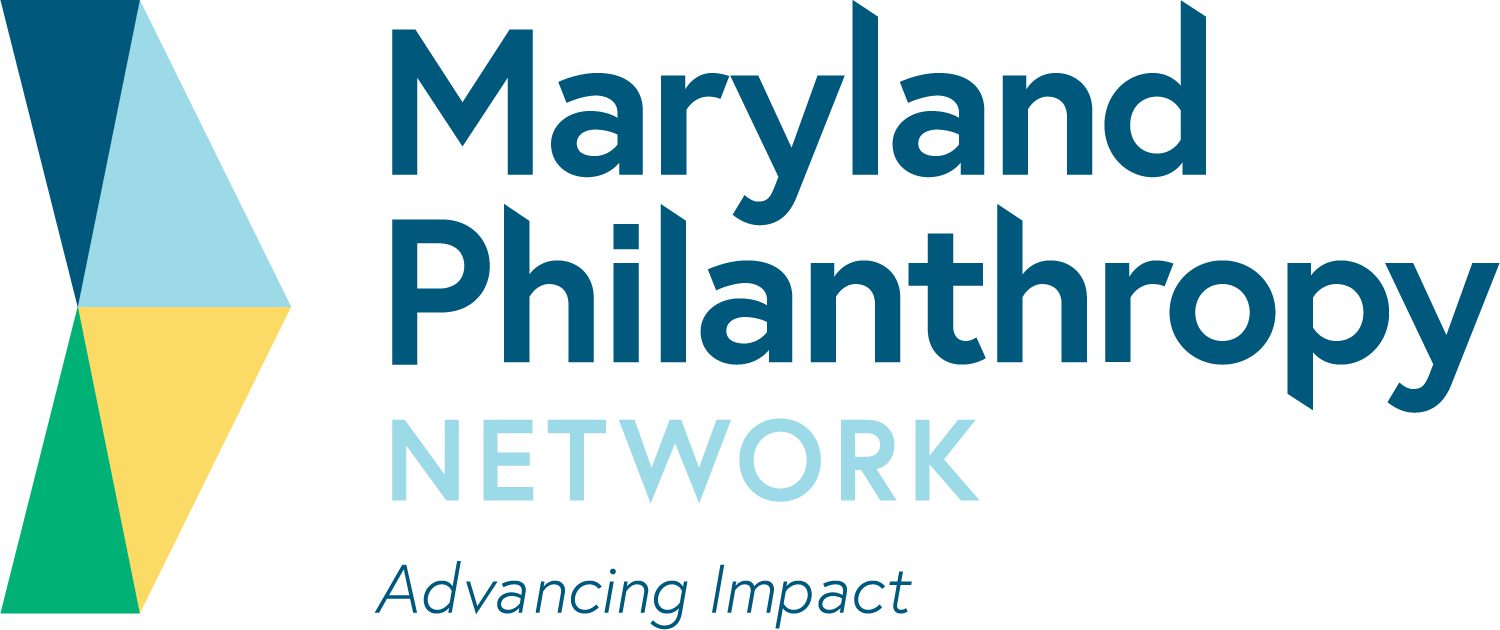On February 27, 2010 an 8.8 magnitude earthquake struck Chile early Saturday morning, killing more than 700 people and leaving 2 million people displaced. The earthquake also toppled buildings, snapped power lines, damaged roads and bridges, and cut off communications. The most significant damage appears to be in and around Concepción, the country's second largest city.
Please let us know how you are engaged in relief efforts.
RESOURCES FOR GRANTMAKERS...
FIND MORE BY:

